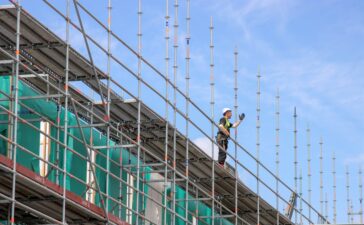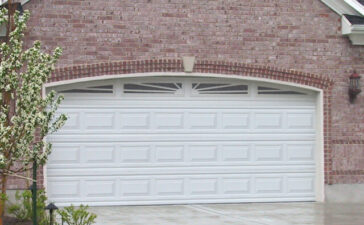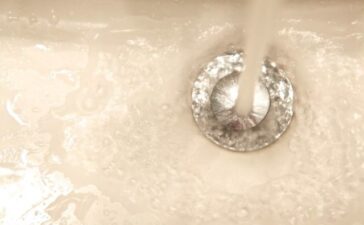Life is full of surprises, but that’s not always a good thing. When a natural disaster hits and damages your home, you’ll be completely thrown and suddenly forced to deal with a stressful situation.
However, you can lessen the blow by preparing ahead of time for any potential storm. We’ve compiled information about some of the most common types of natural disasters, safety tips to prepare for a storm, and how to move forward afterward.
Prepare For Regional-Specific Disasters in Your Area
The most common types of natural disasters include:
- Wildfires
- Hailstorms
- Flooding
- Hurricanes
- Tornados or high winds
However, depending on where you live, your home will be more susceptible to certain types of emergencies. For example, those living in California should be more concerned with earthquake and forest fire damage than tornadoes and hurricanes.
No matter what storms your area brings, it’s important to have insurance that covers your property. Many people are unaware of the process of filing a flood claim. If your home is flooded and you want to file a claim, make sure you know what to expect ahead of time. A public adjuster from Allcityadjusting.com will help you for claiming your insurance. Consider adding earthquake, wind damage, etc., if your plan does not include it.
Have an Evacuation Plan
Every home, and especially every family, should have an evacuation plan. You need to know where you can go if you need to leave and how you’ll get there. In the case of a fire, it’s also important to have multiple escape routes in the building if certain exits are closed off.
- Pick an area of your home that is safest to stay in
If you don’t plan to evacuate your home, pick a room to stay in to wait out the event. For example, during flooding, you’ll want to go to higher ground. During a tornado or high-wind storm, take refuge in the basement or an inner room.
- Stay Informed as much as possible
With natural disasters, the situation may change from one moment to the next. That’s why you should stay informed about what’s happening. Follow the news and updates from your local authorities.
- Don’t take big risks
During a natural disaster, it is risky to leave the house unless you are told to do so by the authorities. Avoid putting yourself or others at risk by leaving for non-essentials.
- Have supplies and kits ready
Responding appropriately to a natural disaster means being prepared. One way to do this is by having supplies at-the-ready in case you need them. A few things to keep on your list include:
- Snack bags
- Non-perishable food items
- Water
- Batteries
- Flashlights
- Important identification cards
After the Worst Has Passed
Once you make it through a natural disaster, there is still work to be done. The next phase involves rebuilding and repairing your home.
According to IDC restoration, the first thing you should do is evaluate the damage. Take photos. Record everything. This is needed for insurance purposes. If you make the mistake of cleaning on your own without documenting all the damage, you’re less likely to receive compensation.
Once you know the extent of the damage, you can look into getting the damage repaired. You may be able to repair some things on your own, but it is important to call a professional service to clean up the mess. Professional natural disaster relief companies have the equipment and expertise to restore your property effectively.
Bottom Line
As a homeowner, you must be prepared for a wide variety of issues, including natural disasters. Don’t assume these storms could never happen to you; every region is prone to a certain storm.
By following these safety tips and understanding what to do after a disaster, you will have the resources you need to protect your family and rebuild your property.





